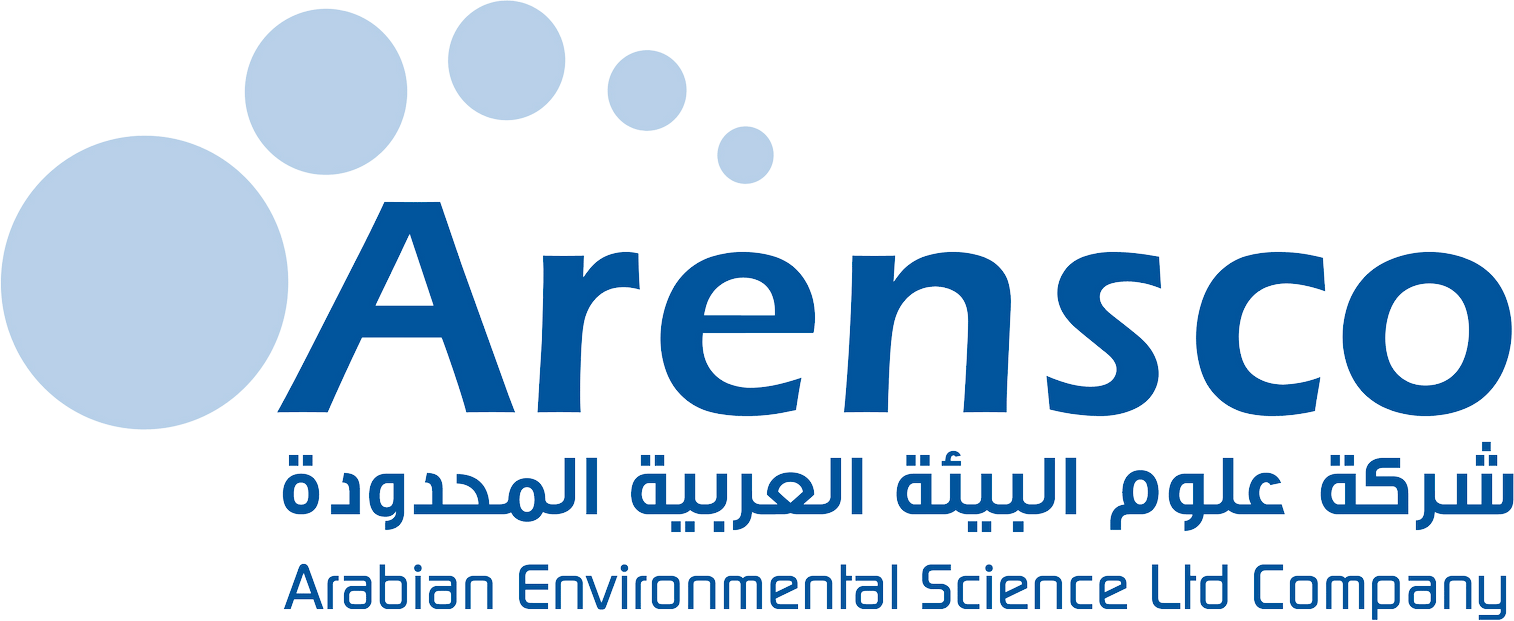Environmental Consultancy
Environmental Impact Assessment (EIA)
Environmental Impact Assessment (EIA) is a process of evaluating the likely environmental impacts of a proposed project or development, taking into account inter-related socio-economic, cultural and human-health impacts, both beneficial and adverse.
Environmental Compliance Audit
An environmental compliance audit is an independent evaluation of a company’s environmental legal requirements and an assessment of how the company complies with those requirements.
Environmental Policy and Strategy
The diverse EPS team specializes in complex stakeholder dynamics management, with expertise in working in transitional countries at the local, regional and national levels.
Environmental Services Contracts
Contracts related to environmental services
Environmental Management System
Waste Management
Describing Layers of Earth and Ground Water
Earth Ecology
Cultural Heritage
Environmental Monitoring Services
Soil and Water Sampling Analysis
Soil and water sampling techniques have great importance in the field of environmental science. These techniques are followed in order to evaluate the physical, chemical, and biological properties of the substance that is being analyzed. Different types of equipment are used for sampling techniques. Furthermore, collection, storage, and transportation system for water and soil sampling techniques vary accordingly.
Noise Monitoring
Ambient Air Quality
Dust Measurement
Indoor Air Quality
VOC Measurement
Environmental Health Inspection
Food Preparation and Service Area
Arensco provides comprehensive inspection of food preparation faculties. Any room, compartment or place used for the purpose of preparing and serving food for sale for human consumption and without limitation, includes preparation and servery areas of cafes, restaurants, hotels, clubs, coffee lounges, snack bars, delicatessens, caterers premises stores and the like.
Potable Water (pH, TDS, and Chlorine)
Accommodation and Sanitary Ares (toilet, bathrooms, etc.)
Sanitary Waste
Slaughterhouse, Fish Processing, and Grain Mills
Arensco provides comprehensive inspections of slaughterhouses, fish processing plants, and millings facilities. A slaughterhouse, also called abattoir is a facility where animals are slaughtered to provide food. Fish processing can be subdivided into fish handling, which is the preliminary processing of raw fish, and the manufacture of fish products. Milling transforms grain into flour for food preparation. The main crops that are milled are maize, rice, sorghum, teff and millet, using hammer or plate mills.
Schools and Hospitals
General Inspections for Housing
Asbestos Audit & Removal
Asbestos Removal and Hazardous Materials Removal
Arensco provides comprehensive hazardous waste removal. Hazardous materials removal workers identify and dispose of harmful substances such as asbestos, lead, and radioactive waste.
Asbestos Audit / Surveys and Risk
Supervision / Monitoring Removal Contractor
Identifying Quantifies and Concentrations

